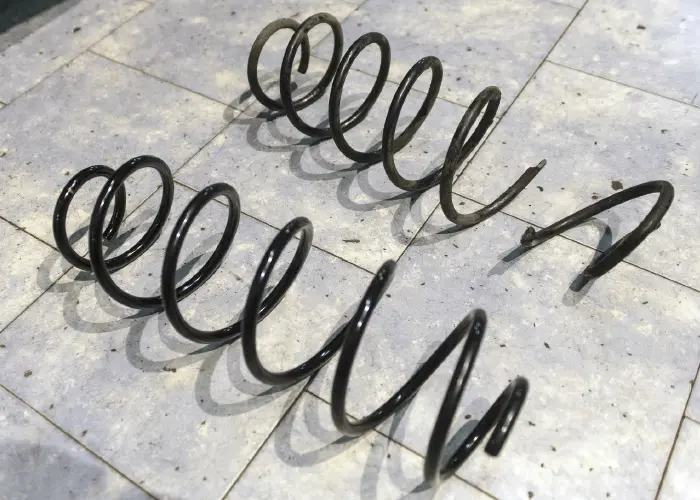The Far-Reaching Effects of Non-Performing Spring Products in the Market
The role of springs in various industries is indispensable, from automotive to machinery and beyond. However, the repercussions of non-performing spring products infiltrating the market extend far beyond mere product malfunction. These ramifications strike at the core of safety, reputation, finances, and market dynamics, affecting both manufacturers and consumers alike.

1. Safety Concerns: The performance of springs is pivotal in ensuring the safe operation of numerous products and machinery. When springs fail to meet performance standards or exhibit flaws in their design or manufacturing, the ramifications can be dire. Malfunctioning springs in critical components, such as those used in vehicles or heavy machinery, pose a substantial safety hazard. Accidents, breakdowns, and potential injuries or fatalities become real possibilities, raising alarm bells for both manufacturers and end-users.

2. Reputation Damage: Trust is the bedrock of any brand. When substandard springs find their way into the market, the fallout is more than just financial. A tarnished reputation follows suit. Negative experiences from customers, shared through reviews and word-of-mouth, can significantly impact a company’s credibility. This ripple effect dissuades potential customers from investing in their products, casting a shadow over the company’s integrity and reliability.

3. Financial Loss: The financial implications of non-performing springs are profound. Returns, warranty claims, and potential legal actions due to product failures result in substantial monetary losses for manufacturers. The costs associated with rectifying these issues, be it recalling faulty products or compensating affected users, significantly dent the company’s bottom line. The ripple effects can extend further, impacting investor confidence and the company’s market valuation.

4. Market Saturation and Quality Dilution: A flood of inferior quality springs inundating the market creates a challenging landscape. This saturation dilutes the market with products that compromise on quality, affecting healthy competition. Price wars ensue, profit margins shrink, and high-quality manufacturers find it arduous to compete in an environment driven more by pricing than by quality. The overall industry suffers as a result, stifling innovation and progress.
To mitigate these far-reaching effects, stringent quality control measures and adherence to industry standards are imperative. Manufacturers must prioritize thorough testing protocols and invest in robust quality assurance practices before launching spring products into the market. Prioritizing quality not only upholds safety standards but also cultivates trust and reliability among consumers. Industry-wide collaborations to establish and maintain quality benchmarks can elevate the overall standard, ensuring that only reliable, high-performance springs reach the market.
In conclusion, the repercussions of non-performing spring products extend well beyond their physical malfunction. They strike at the very essence of safety, trust, financial stability, and market dynamics. Manufacturers must recognize the gravity of these consequences and uphold unwavering commitments to quality to safeguard both their reputation and the integrity of the products they bring to market.


“Your posts are the heartbeat of motivation and gratitude that keeps our spirits alive. Thank you for the constant pulse of positivity!”
“Thank you for being a motivational artisan, sculpting masterpieces of encouragement and strength in every post!”